A Tiger
Un tigre
With english subtitles
"A Tiger" is a silent photonovel that tells the relationship between a Russian communist photographer and a Catalan impressionist painter in the conflictive Barcelona of the years prior to the civil war.
"Un tigre" es una fotonovela muda que cuenta la relación que mantuvieron una fotógrafa rusa y un pintor impresionista catalán durante los conflictivos años de la Barcelona anterior a la guerra civil.
Con subtítulos en castellano
In 1934, a military plane crashes in the middle of the Ramblas of Barcelona, injuring an artist who happened to be walking by. During the delirium he experiences in hospital — in the week the Catalan Independence is declared—, the painter thinks that his girlfriend (a communist photographer sent by a Soviet newspaper to cover the political turmoil in Spain) is stealing the images that shape his art and his life story. When he finally wakes up, the only images left of the Independence are a few photographs taken by her and for whom the restoration of public order has resulted in her immediate exile.
I have copied your image, says the narrator of the film —the author Dionis Escorsa— addressing his grandfather as if he were himself, in an exercise of self-fiction. The figure of the grandfather Esfarsa (a well off, conservative artist, a non believer who likes to play the victim) personifies the dependency on one’s own ancestors. The loveless relationship he maintains with his partner Irina portrays the confrontation between painting and photography that Walter Benjamin wrote about during those same years.
En 1934, un avión militar cae en medio de las ramblas de Barcelona, hiriendo a un artista que paseaba por allí. Durante el delirio que tiene en el hospital -la semana en que se declara la independencia de Cataluña-, el pintor cree que su pareja (una fotógrafa comunista enviada por un diario soviético para cubrir la agitación política española) le está robando las imágenes que conforman su arte y el relato de su vida. Cuando finalmente despierta, de la independencia sólo quedan algunas fotografías hechas por ella, a quien la restauración del orden ha supuesto inmediatamente el exilio.
He copiado tu imagen, afirma el narrador de la película -Dionís Escorsa, el autor-, dirigiéndose a su abuelo como si fuera a sí mismo, en un ejercicio de autoficción. La figura del abuelo Esfarsa, (un artista acomodado, conservador, victimista y descreído) personifica la dependencia hacia los propios ancestros. La historia de desamor que mantiene con Irina escenifica la confrontación entre pintura y fotografía que Walter Benjamin analizaba justo en esa época.
Amb subtítols en català
We are dealing with a piece of illustrated literature full of humor and visual skill, a silent "vintage" photo novel combining found footage and images created by its author to visualize a series of dependencies —familiar, economic, political, loving and artistic— from which the protagonist wishes in vain to escape. It is what Borges affirms that happens when in dreaming, one pretends to direct the dream and to make a tiger appear in it: the animal appears, but dissected, or with impure variations of form, or looking like a dog, or bird...
More radically than its greatest stylistic reference, the unavoidable photo novel "La jetée" by Chris Marker, who softened the staticity of the still image through camera movements, foleys, music, voice recordings and a filmed sequence, "A Tiger" is characterized by its inflexible formal austerity. The film is viewed in absolute silence, the images (also in black and white) follow one another completely static, and the text must be read with subtitles.
Estamos ante una pieza de literatura ilustrada llena de humor y experimentación visual, una fotonovela “vintage” sin sonido que combina imágenes encontradas con otras de propia realización, para visibilizar una serie de dependencias (familiares, económicas, políticas, amorosas y artísticas) de las que el protagonista quisiera infructuosamente escapar. Es lo que Borges afirma que sucede cuando, soñando, uno pretende dirigir su sueño y hacer que en él surja por ejemplo un tigre: el animal aparece, pero disecado, o con impuras variaciones de forma, o tirando a perro, o a pájaro…
De manera más radical que su máximo referente estilístico, la ineludible fotonovela “La jetée” de Chris Marker, quien suavizó la estaticidad de la imagen fija mediante recorridos de cámara, foleys, música, grabaciones de voz y una secuencia filmada, “Un Tigre” se caracteriza por su inflexible austeridad formal. El filme se visiona en absoluto silencio, las imágenes (también en blanco y negro) se suceden completamente estáticas, y el texto se debe leer subtitulado.
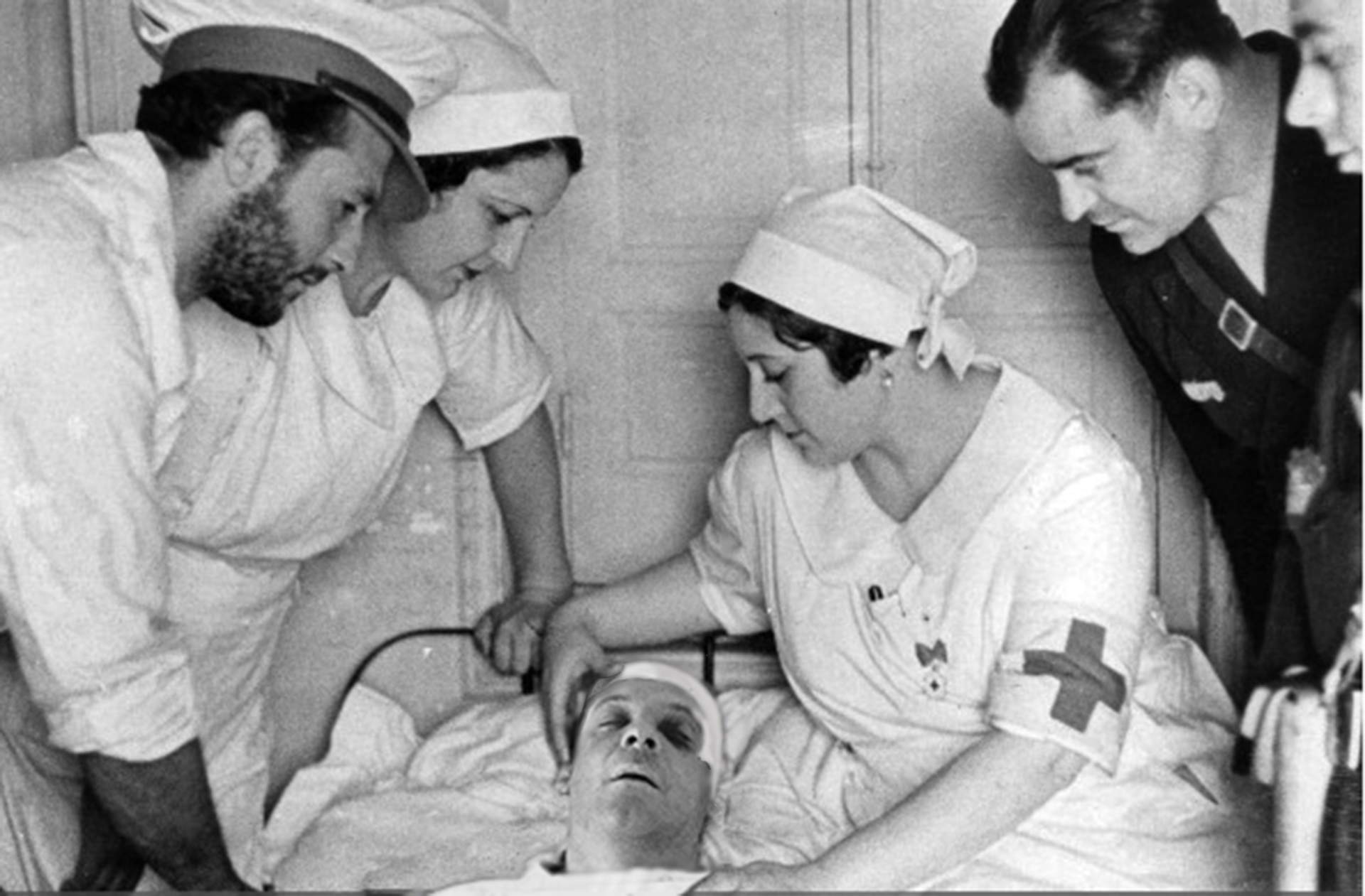
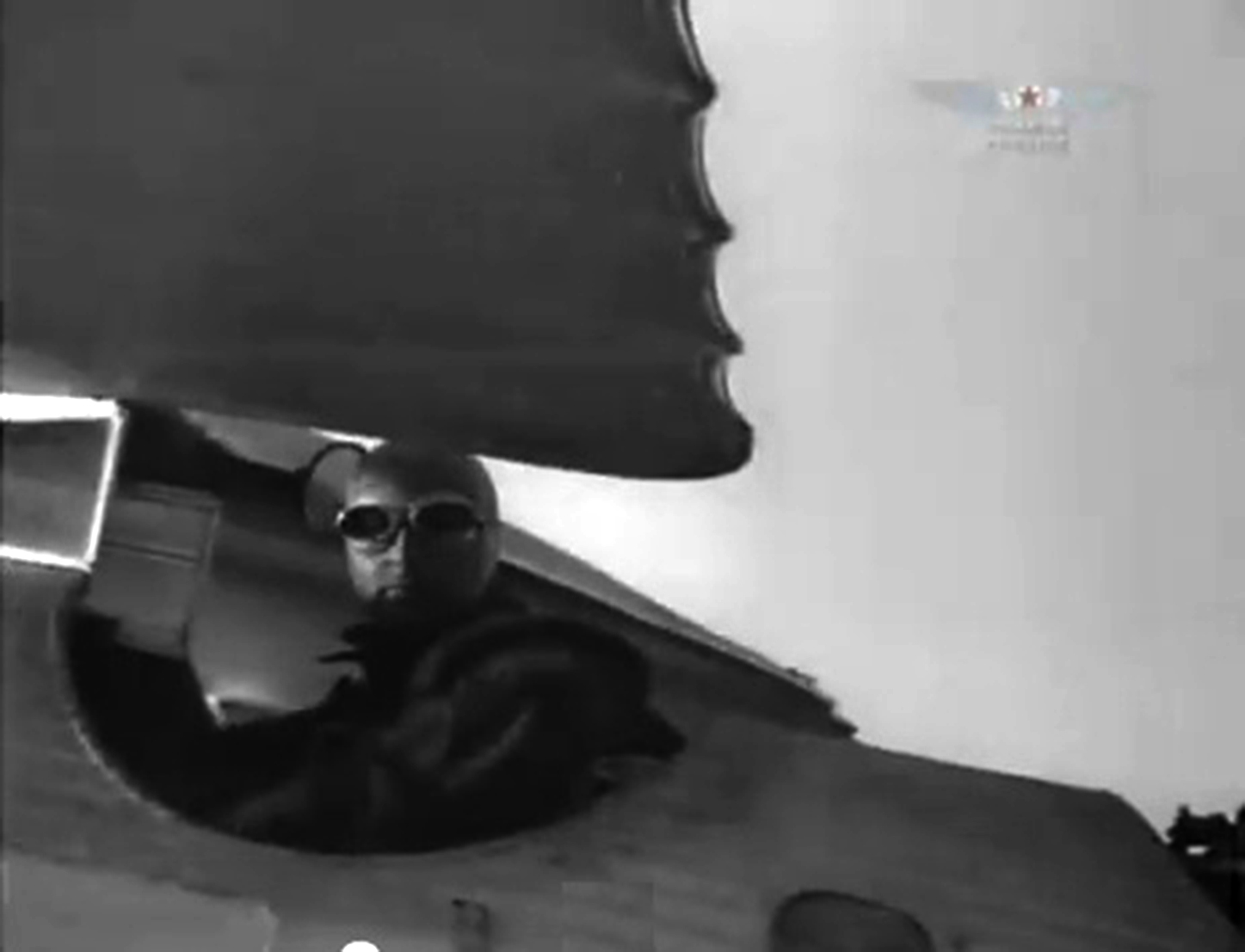
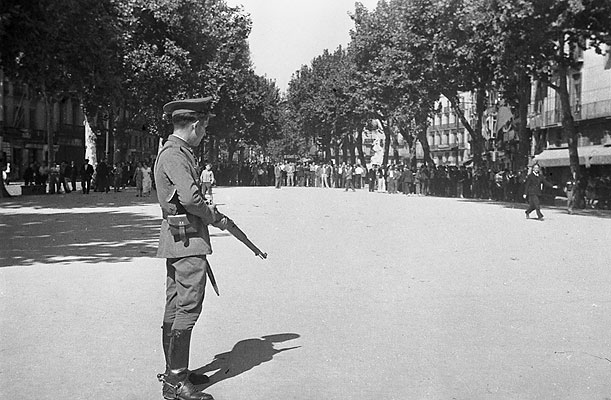
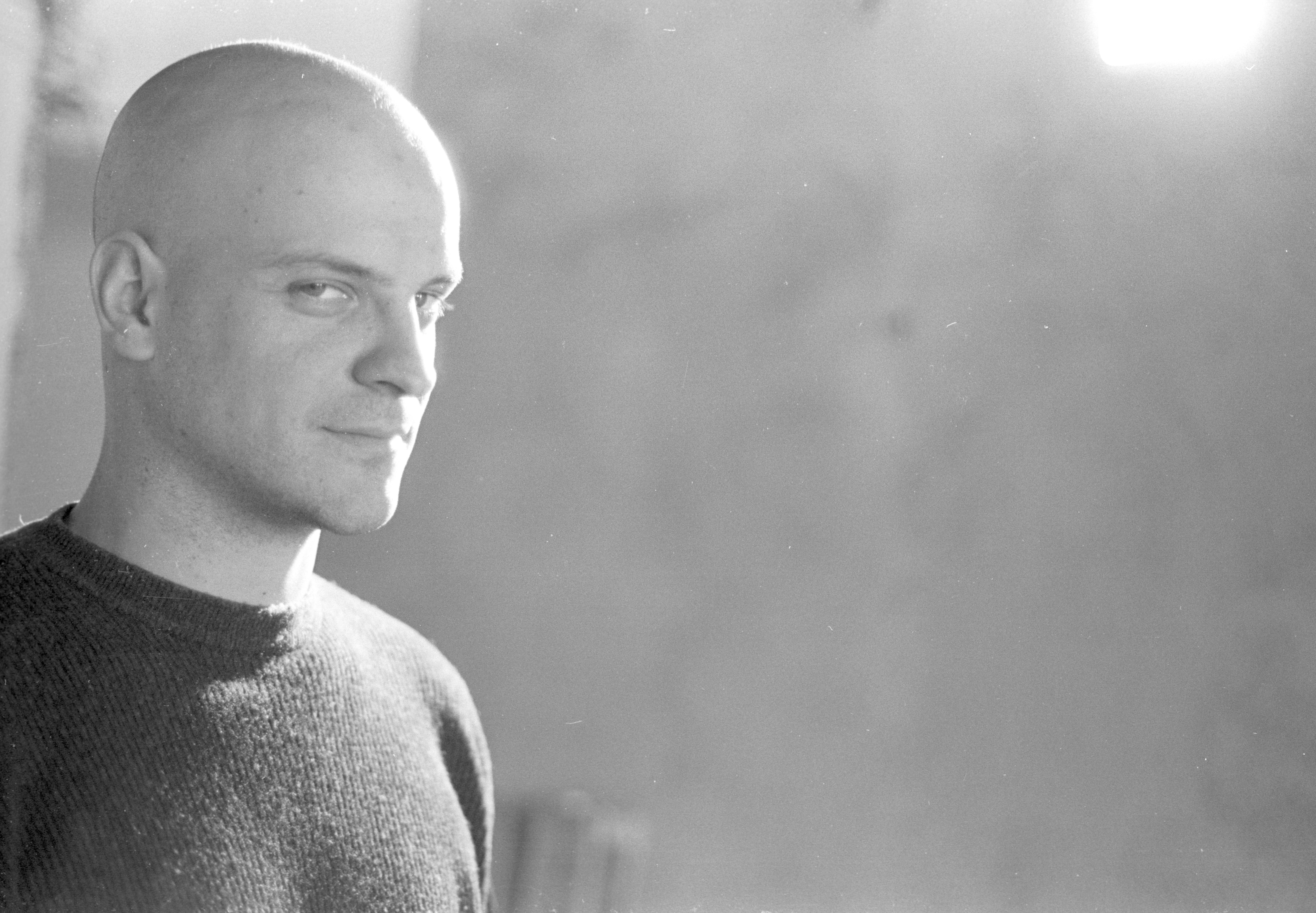
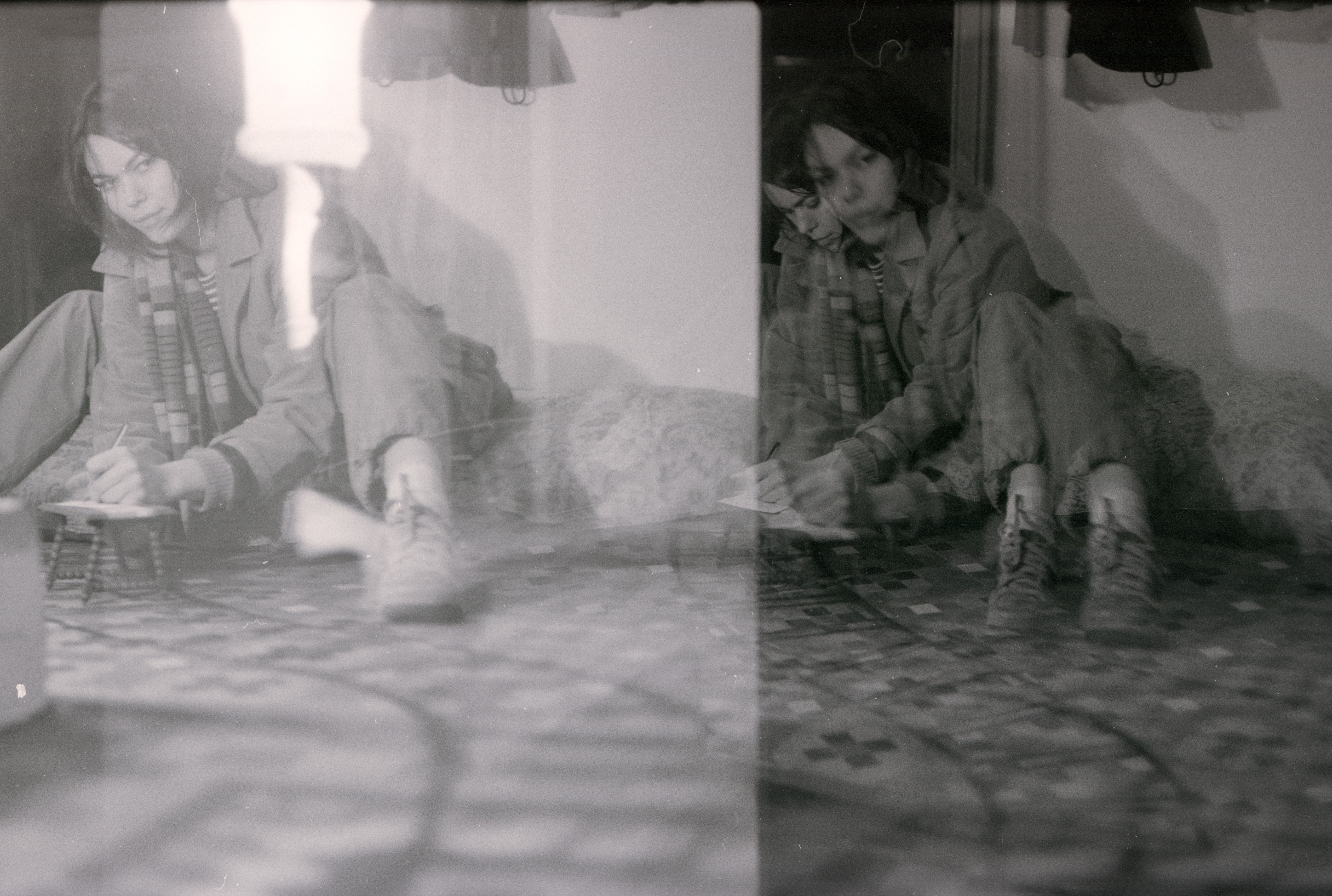
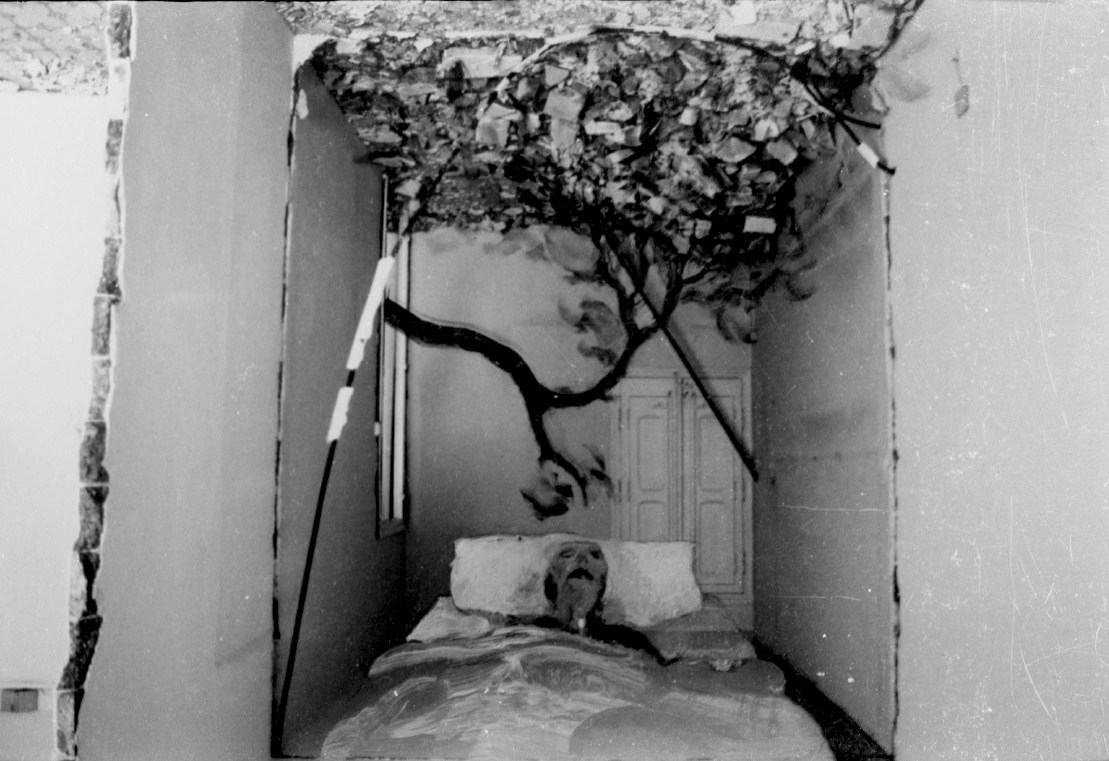
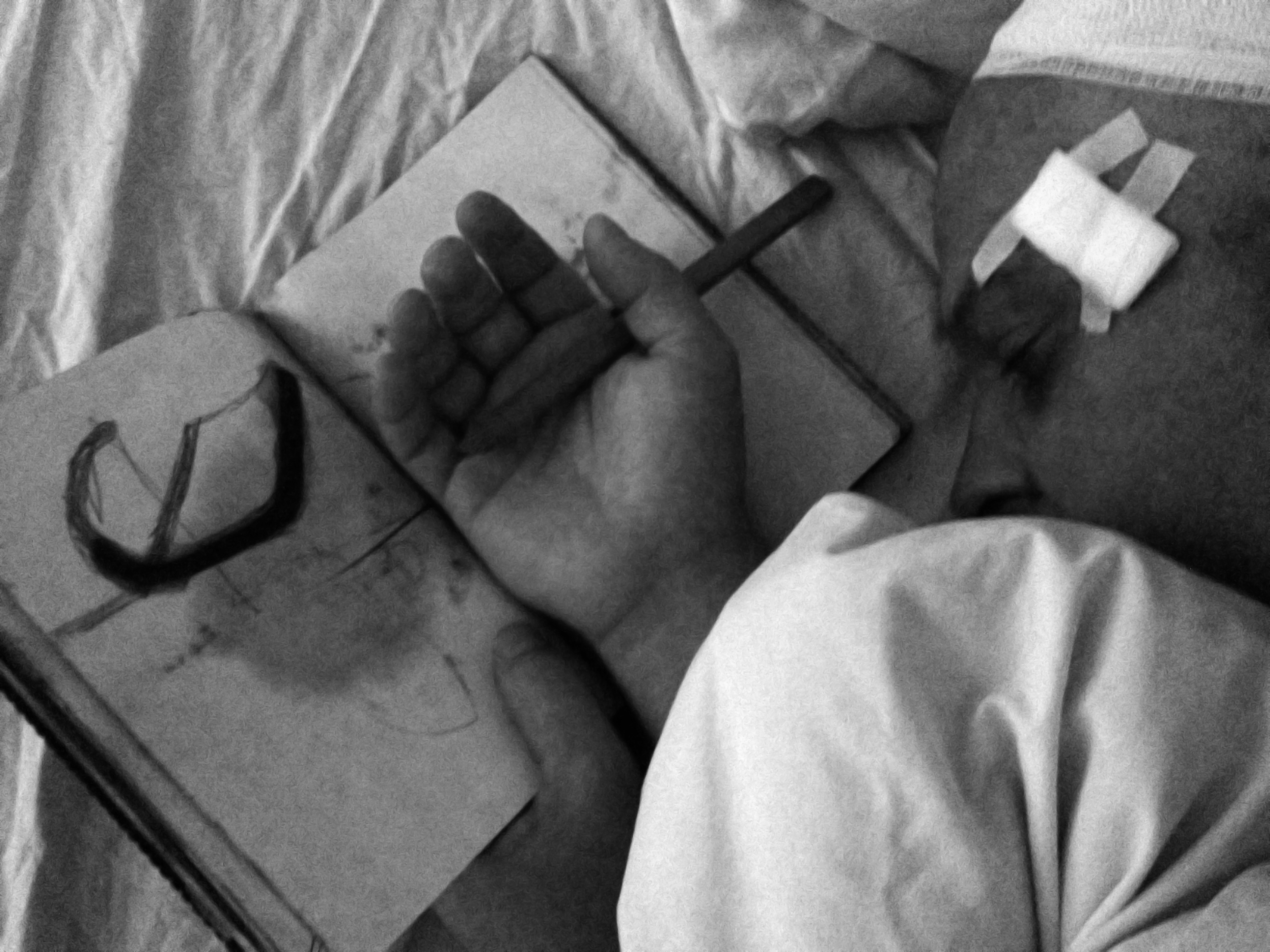
A silent photonovel by Dionis Escorsa
With: Vahida Ramujkic, Dionis Escorsa, Teresa Estrada, Ricard Salvatella, Enric Escorsa.
Photography: Teresa Estrada, Vahida Ramujkic, Patricia Maeser, Dionis Escorsa and found footage.
Script, research, paintings, edition: Dionis Escorsa.
2017 · 40 min